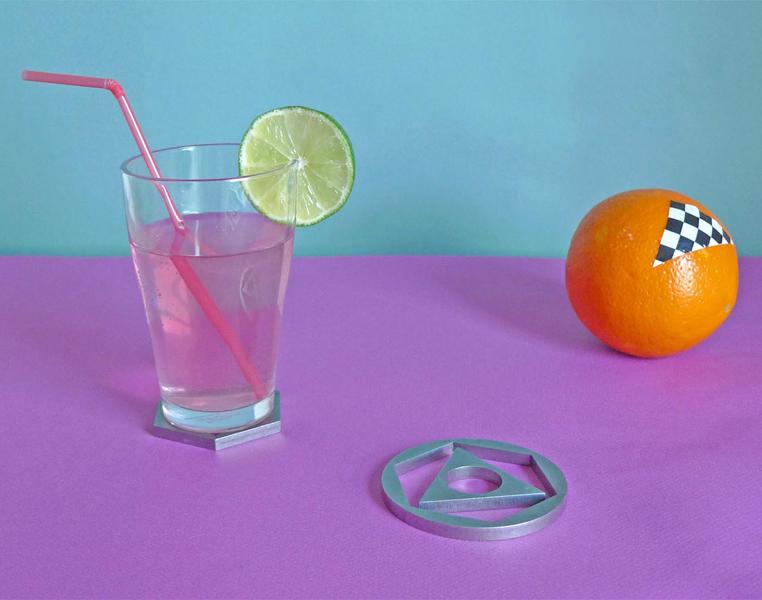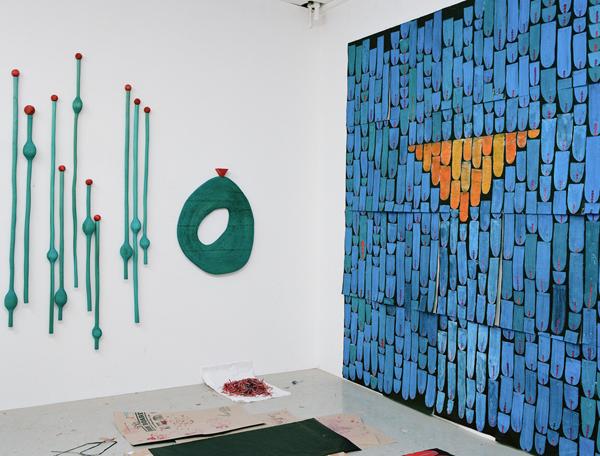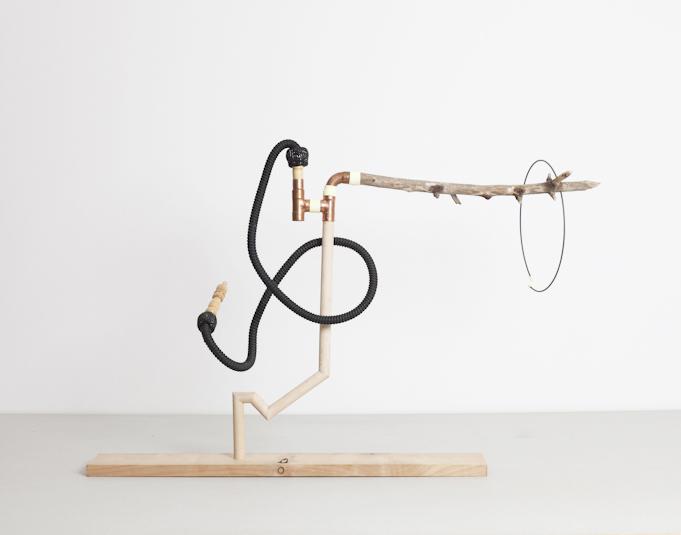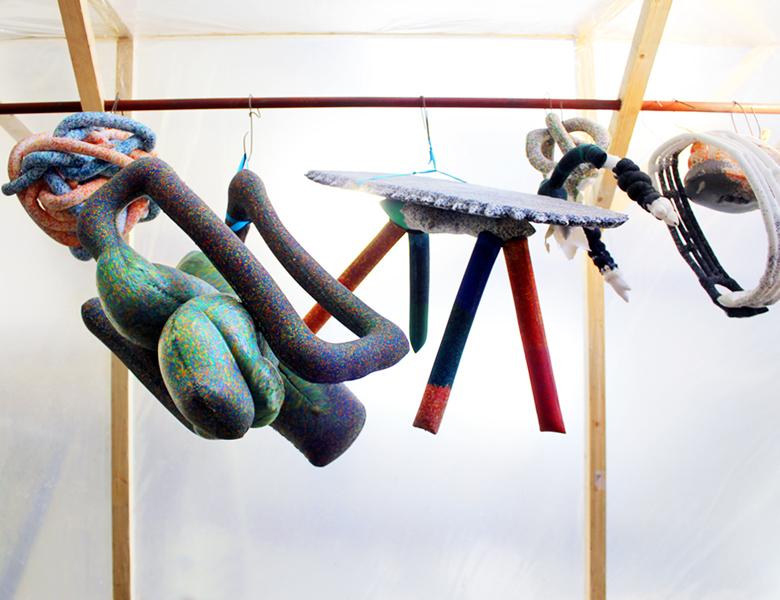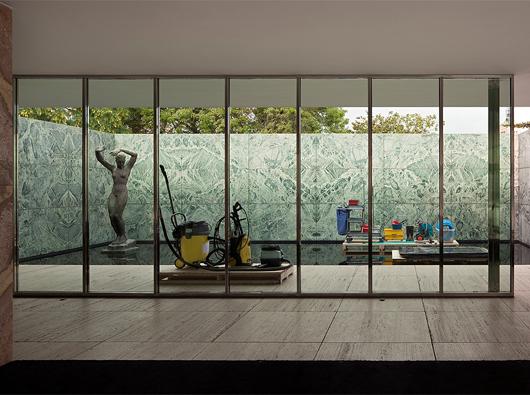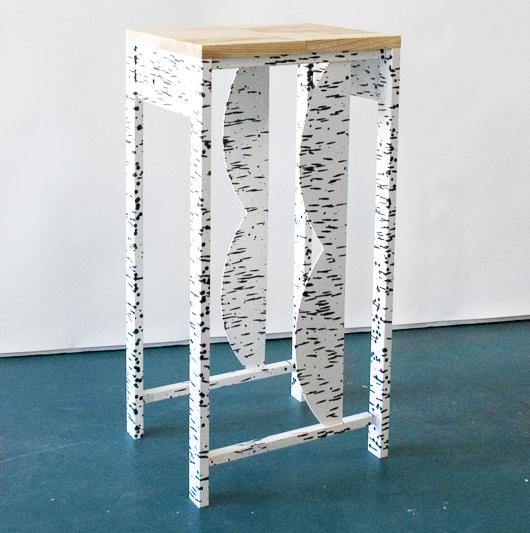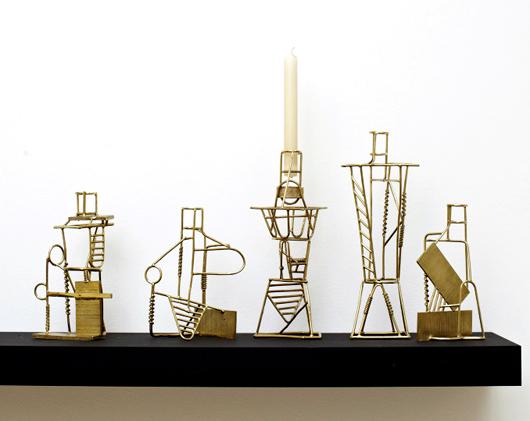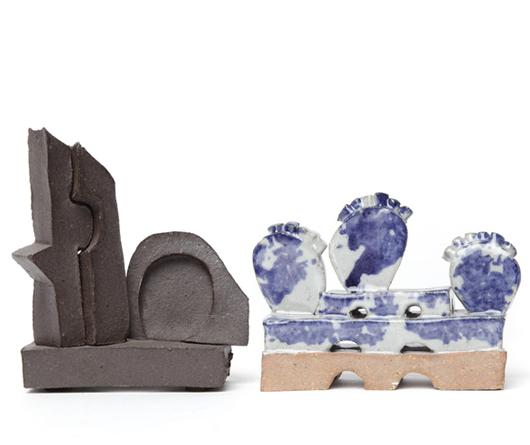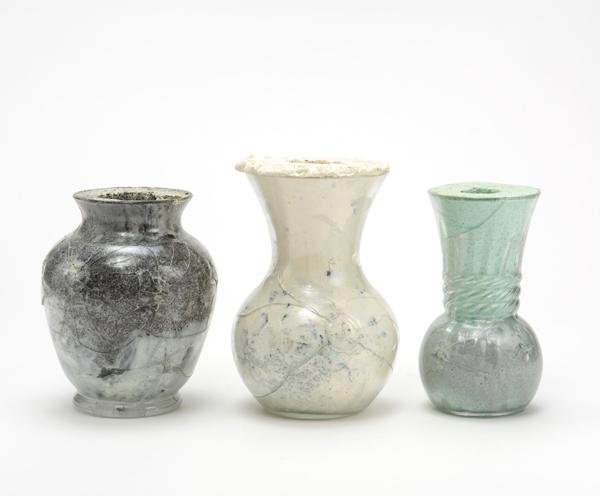
01.30.13
The Making of
Shatter Vases by Pete Oyler and Misha Kahn for Assembly
If you have a great design sense, and if you enjoy sending people flowers, you've probably noticed by now that the two don't exactly tend to play well together. Unless you're clued into a place like The Sill, our new favorite Brooklyn-based succulent delivery service, you know your lucky recipient is most likely going to receive their posies in some boring glass trifle that will inevitably end up in the freebie box at his or her next garage sale. That's why when young designers Misha Kahn and Pete Oyler hit up a Salvation Army looking for castoff vessels to experiment with for their latest project, they had absolutely no trouble filling up their cart. It's tough out there for a generic FTD vase, especially one whose emptiness eventually reminds you of a failed relationship or a hospital stay. Kahn and Oyler decided that, just in time for Valentine's Day, they'd take their thrifted castoffs and give them new lives as objets d'art, filling them with colored resin and shattering them in place (hence the name).

